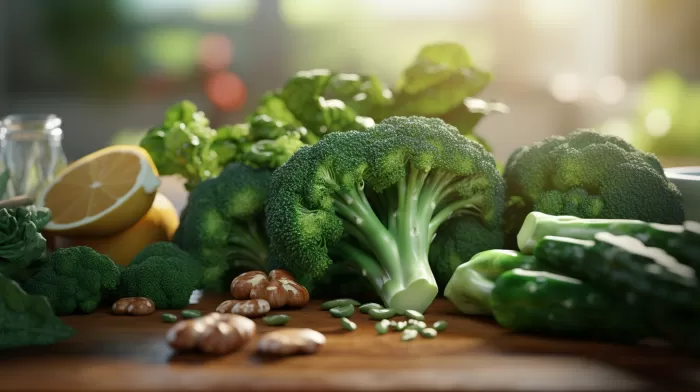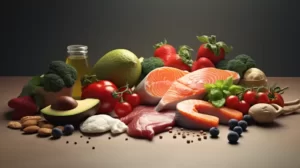If you’re looking for ways to boost your health and protect your brain, you might want to take a closer look at your diet. While many people know that eating plenty of fruits and vegetables is important for overall health, some veggies pack a more powerful punch than others.
One group of vegetables that has been gaining a lot of attention lately is the cruciferous family. This includes foods like broccoli, cauliflower, Brussels sprouts, kale, and cabbage. What makes these veggies so special? They’re all loaded with a compound called sulforaphane.
Sulforaphane is a sulfur-rich molecule that is produced when cruciferous vegetables are chopped, chewed, or digested. It has been studied extensively for its potential health benefits, including its ability to reduce inflammation, protect against cancer, and even fight off neurodegenerative diseases like Alzheimer’s and Parkinson’s.
But perhaps most exciting is the recent research suggesting that sulforaphane could help prevent and treat strokes. Strokes are a leading cause of death and disability worldwide, and they occur when blood flow to the brain is disrupted, either by a clot or a bleed.
But sulforaphane’s stroke-fighting powers don’t stop there. It also appears to have a protective effect on the brain, helping to reduce inflammation and oxidative stress that can contribute to stroke risk. Some studies have even suggested that sulforaphane could help slow the progression of atherosclerosis, the buildup of fatty plaques in the arteries that can lead to clots and strokes.
So how can you get more sulforaphane in your diet? The good news is that it’s found in a variety of delicious and nutritious foods. Here are some of the top sources:
- Broccoli: This green powerhouse is one of the best sources of sulforaphane. Just one cup of raw broccoli contains around 40 milligrams of the compound.
- Brussels sprouts: These tiny cabbages are packed with flavor and nutrients, including sulforaphane. A half-cup of cooked Brussels sprouts contains about 20 milligrams.
- Cabbage: Whether you prefer green, red, or Napa cabbage, this versatile veggie is a great source of sulforaphane. A half-cup of cooked cabbage contains about 15 milligrams.
- Kale: This trendy leafy green is a nutritional powerhouse, and it’s also rich in sulforaphane. A half-cup of chopped raw kale contains about 10 milligrams.
- Cauliflower: This mild-tasting veggie is a great way to sneak more sulforaphane into your diet. A half-cup of cooked cauliflower contains about 5 milligrams.
Other cruciferous veggies that contain sulforaphane include arugula, bok choy, collard greens, and watercress. By incorporating these foods into your diet regularly, you can boost your intake of this brain-protecting compound.
But what if you’re not a fan of these veggies? Don’t worry – there are other ways to get your sulforaphane fix. Some supplements contain concentrated doses of the compound, although it’s always best to talk to your doctor before starting any new supplement regimen.
You can also try sprouting your own broccoli seeds at home. Sprouts are especially rich in sulforaphane, and they’re easy to add to salads, sandwiches, and smoothies.
At the end of the day, the key is to focus on eating a variety of nutrient-dense foods, including plenty of colorful fruits and veggies. By doing so, you’ll be giving your body the tools it needs to fight off chronic diseases and keep your brain healthy for years to come.
So the next time you’re at the grocery store or farmers market, don’t forget to stock up on some cruciferous veggies. Your brain (and your taste buds) will thank you!



